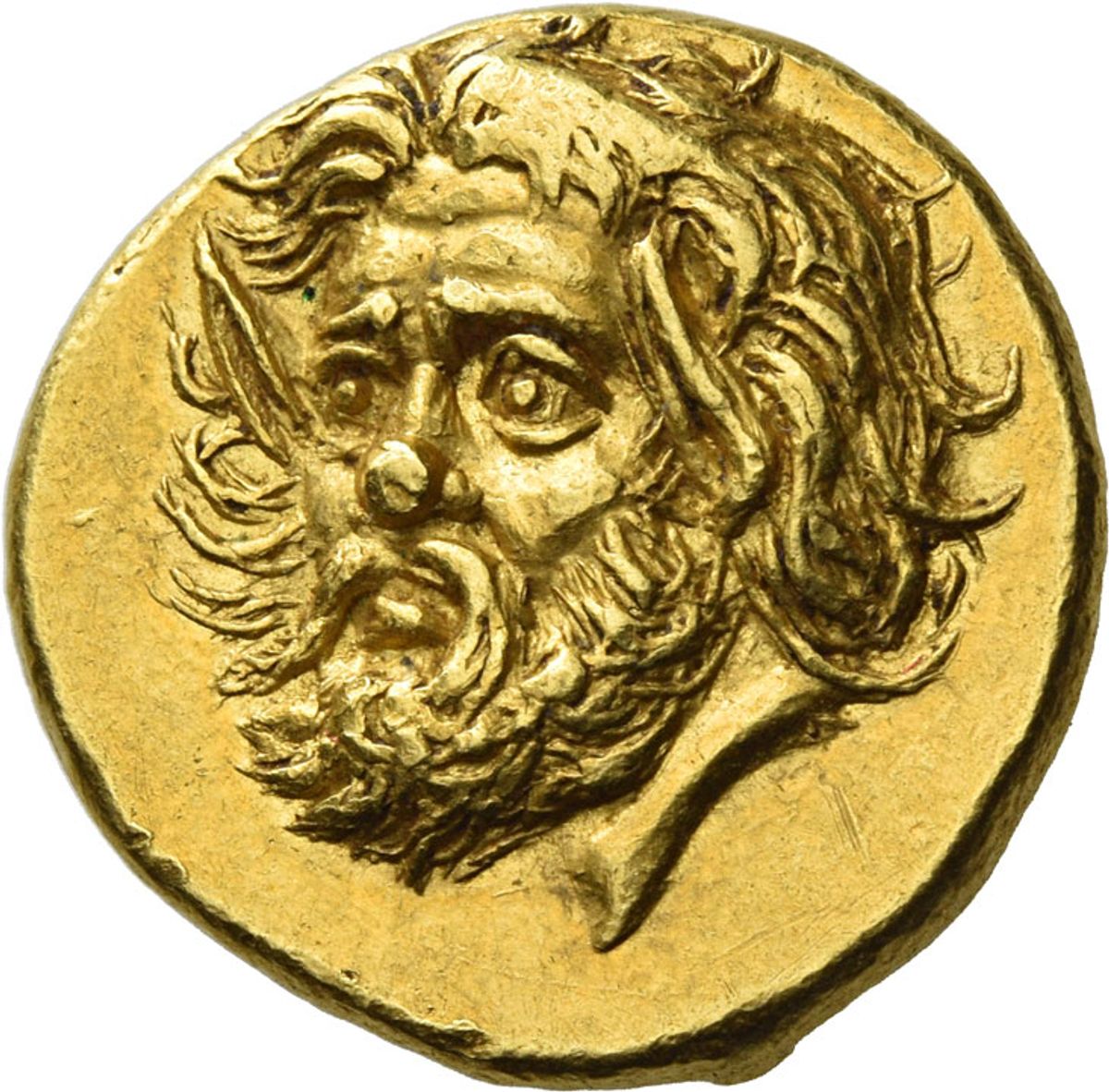From The Big Money:
This is adapted from David E. Adler's book Snap Judgment, published this month by FT Press.
Coin tosses are a classic metaphor in economics for randomness. For instance, in his book about market efficiency, A Random Walk Down Wall Street, economist Burton Malkiel compares the price movements of the stock market to the random outcome of a flipped coin: "[S]ometimes one gets positive price changes for several days in a row; but sometimes when you are flipping a coin you also get a long string of ‘heads' in a row." According to Malkiel, mathematicians' terms for the sequences of numbers produced by any random process—in this case a coin flip—is known as a random walk. To him, this is exactly what stock price movements look like; hence the title of his book....
...Yet recent research into coin flips has discovered that the laws of mechanics determine the outcome of coin tosses: The startling finding is they aren't random. Instead, for natural flips, the chance of a coin coming up on the same side as it started is about 51 percent. Heads facing up predicts heads; tails facing up predicts tails.Three academics—Persi Diaconis, Susan Holmes, and Richard Montgomery—through vigorous analysis made an interesting discovery at Stanford University. As they note in their published results, "Dynamical Bias in the Coin Toss," laws of mechanics govern coin flips, meaning, "their flight is determined by their initial conditions."
The physics—and math—behind this discovery are very complex. But some of the basic ideas are simple: If the force of the flip is the same, the outcome is the same. To understand more about flips, the academics built a coin-tossing machine and filmed it using a slow-motion camera. This confirmed that the outcome of flips isn't random. The machine could make the toss come out heads every time.
When people, rather than a machine, flipped the coin, results were less predictable, but there was still a slight physical bias favoring the position the coin started in. If the coin started heads up, then it would land heads up 51 percent of the time. Part of the reason real flips are less certain isn't just that the force of the flip can vary; it's that coins flipped by humans tend to rotate around several axes at once. Flipped coins tumble over and over, but they also spin around and around, like pizza dough being twirled. This spinning around is technically known as "precession." The greater the precession in a flip, the more unpredictable the outcome....MORE
The link has rotted, here's the Internet Archive with the rest of the story.
And for something that hasn't rotted, from The Art Newspaper, May 26, 2023:
Ancient Greek gold coin from Crimea sells for a record-breaking £4.8m
The rare stater depicting a satyr—a "marvel of speaking portraiture"—was once in the collection of the State Hermitage Museum but was sold to raise money for the Soviet government

The gold stater from Panticapaeum showing the face of a satyr (around 340BC-325BC) Courtesy of Numismatica Ars Classica
....MUCH MORE
Looking pretty good for being 2350 years old.
For more on the odds of a coin flip: "Gamblers Take Note: The Odds in a Coin Flip Aren't Quite 50/50"